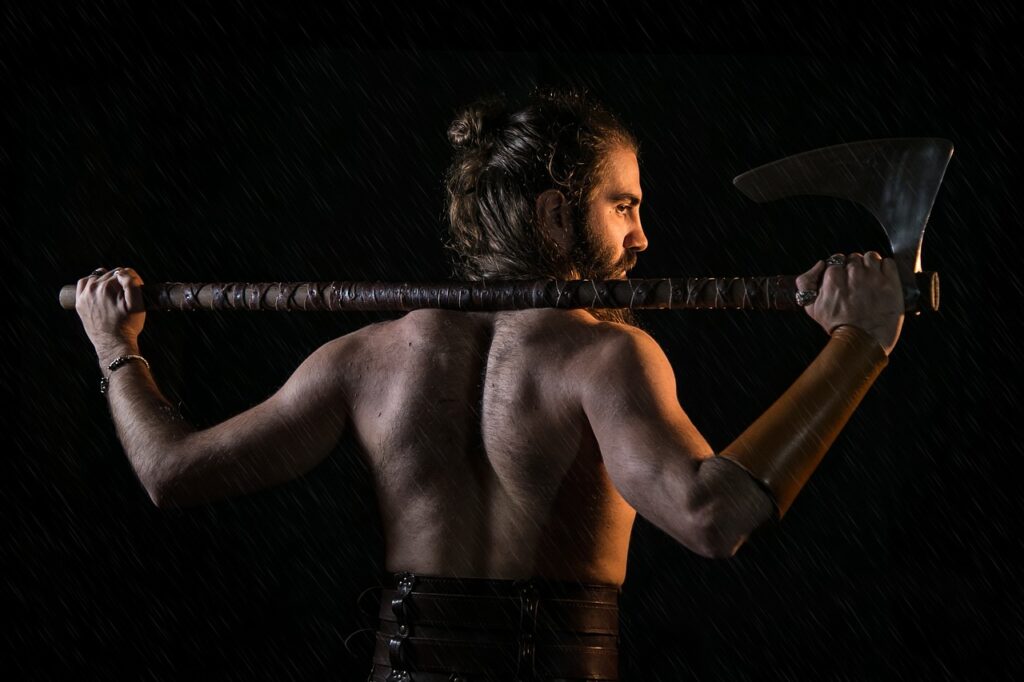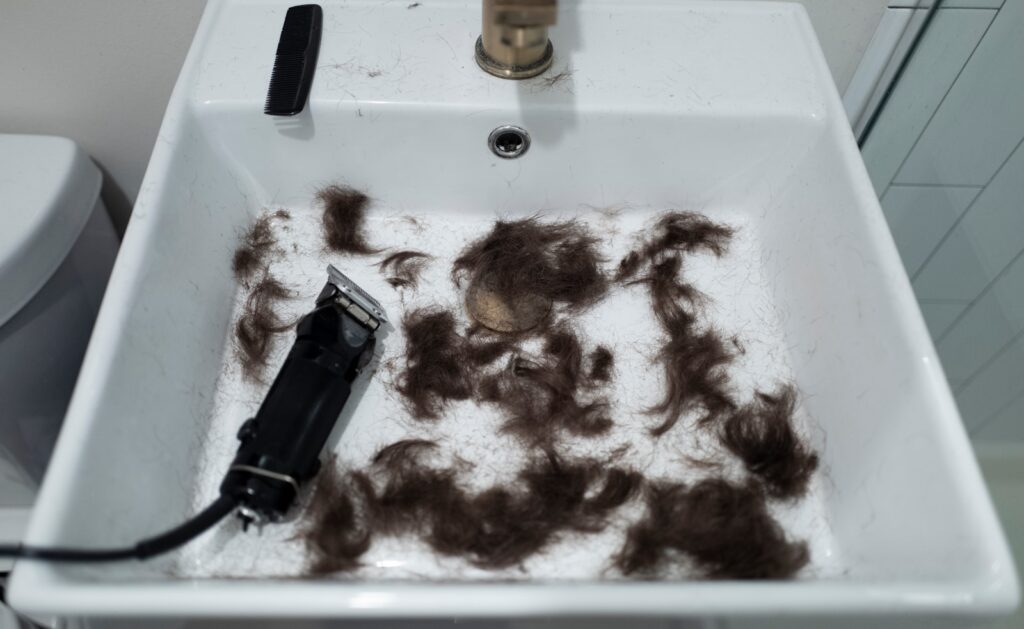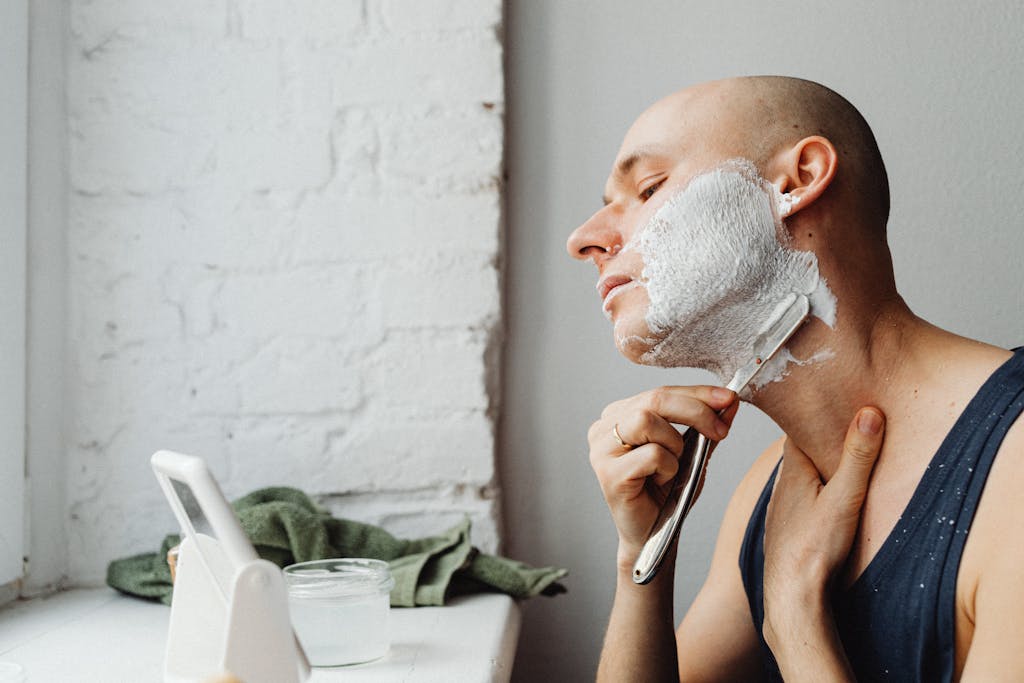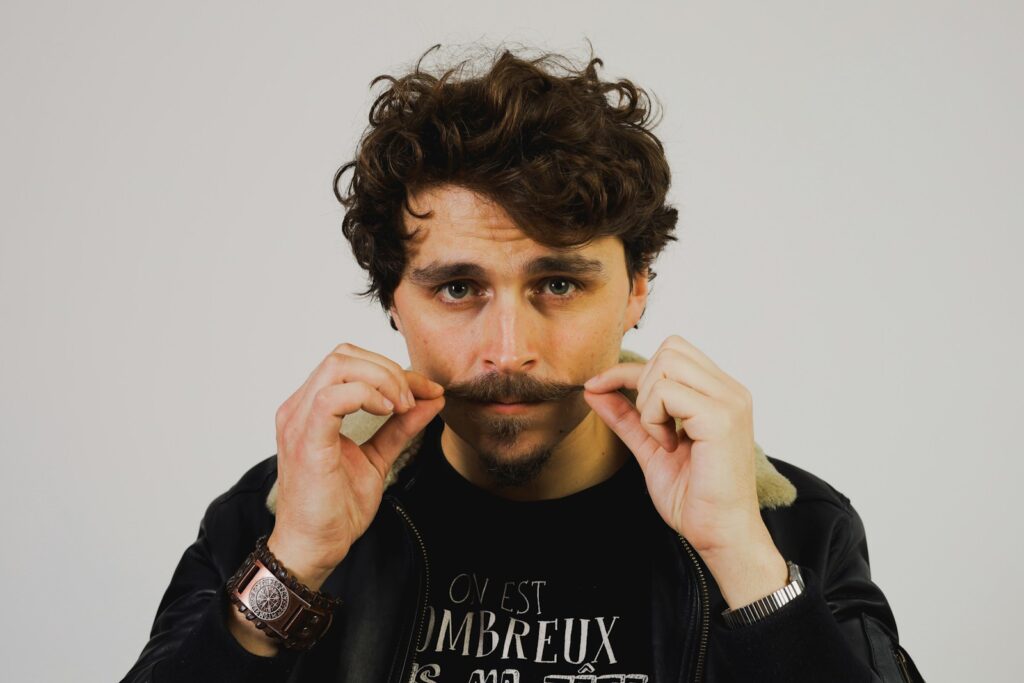When you think of Vikings, their iconic beards likely come to mind, but have you ever considered what these facial hairstyles really represented in Norse culture? Beyond mere aesthetics, Viking beards signified masculinity, social status, and even individual identity, shaping how these warriors were perceived both within and outside their communities. As we explore the grooming practices and societal norms surrounding these beards, you might find that there’s more to this aspect of Viking life than you initially thought. What secrets do these beards hold about the men who wore them?
The Enduring Allure of Beards: A Timeless Trend
Beards have always been more than just facial hair; they’re a powerful symbol of masculinity and social status that stretches back through history, particularly in Norse culture. Viking beard styles were meticulously groomed and styled, showcasing the importance of facial hair in Viking identity.
These beards weren’t merely for show; they represented strength, honor, and warrior status. The grooming of these beards often involved precise tools, much like the modern essential grooming kit that includes items such as precision electric trimmers and boar hair brushes, reflecting a dedication to maintaining a well-crafted appearance.
Historical texts and sagas highlight that a well-maintained beard was a source of pride, while insults directed at a man’s beard could lead to conflict. Vikings used various grooming tools, such as combs and tweezers, to achieve their desired look, emphasizing the cultural significance of facial hair.
Today, modern Viking beard styles draw inspiration from this rich facial hair history, blending traditional elements with contemporary grooming practices. Whether you prefer a long, braided beard or a more minimalist approach, there’s a nod to the past in every style.
The enduring allure of beards continues to resonate, reflecting the timeless connection to masculinity and social standing, just as it did for the Vikings. Embracing this trend allows you to celebrate a piece of history while making a personal statement about your own identity.
Unraveling the Myth: Who Were the Vikings Really?
When you think of Vikings, images of fierce warriors with horned helmets and longships often come to mind, but the reality of who they were is far more complex. Historically accurate Vikings were not just raiders; they were skilled explorers and traders from Scandinavia. So, what did Vikings really look like? Contrary to the popular stereotype, they practiced daily hygiene and grooming, using combs and tweezers to maintain their appearance.
Here’s a quick comparison of Viking characteristics:
| Aspect | Description |
|---|---|
| Hair Colors | Mainly red in West Scandinavia, blonde in the North. |
| Facial Features | Men often had androgynous features; women displayed more masculine traits. |
| Average Height | Generally shorter than modern averages due to nutrition. |
| Body Type | Strong physiques from physically demanding lifestyles. |
| Grooming Practices | Emphasized cleanliness and style, including well-kept beards. |
These aspects provide insight into what Vikings actually looked like. Viking facial features varied greatly, reflecting diverse genetic backgrounds and cultural norms, showcasing that the image of a Viking is much more nuanced than the stereotype suggests.
Viking Beards: Fact vs. Fiction – What Did They Actually Look Like?
The image of Vikings often conjures up thoughts of wild, unkempt beards flailing in the wind, but this portrayal is far from accurate. When you explore what Vikings actually looked like, you’ll find that their beards were often well-groomed and styled, reflecting their culture and pride.
Consider these facts about Viking beard styles:
- Vikings practiced regular hygiene, washing their hair and beards frequently.
- They used grooming tools like combs and tweezers to maintain their historical beards.
- Many Norsemen sported neatly trimmed or braided beards, practical for their lifestyle and battles.
These grooming rituals highlight the importance of Vikings hygiene and how beards symbolized masculinity and social status. The exaggerated depictions in media don’t do justice to the reality of Viking beard styles.
In truth, many Vikings took pride in their appearance, with their facial hair reflecting individual identity and societal norms. The careful grooming and styling of beards weren’t just about looks; they were woven into the fabric of Viking culture, emphasizing honor and strength among men.
Understanding this provides clearer insight into what Vikings actually looked like, debunking the myth of the unkempt warrior.
Achieve the Viking Beard Look: Tips and Tricks
To achieve the Viking beard look, you’ll need to commit to a consistent grooming routine that emphasizes cleanliness and style. Start by washing your beard every 2-3 days with beard shampoo to keep it clean and prevent dryness.
If you’re wondering how to grow a Viking beard, be patient; it typically takes about six weeks of growth, as the average beard growth rate is half an inch per month, aligning with the average growth timeframe. Eating a balanced diet rich in proteins, fats, and vitamins will help promote healthy hair development.
Daily brushing with a beard comb is vital for detangling and evenly distributing your Viking beard products, such as beard oil or balm. These products provide moisture and hydration, essential for maintaining a well-groomed appearance.
Occasional trimming will help manage unruly hair and keep your beard looking neat. For added style, consider braiding beards, a traditional Viking beard braid that not only looks great but also serves a practical purpose during activities like combat.
Bottom Line
To summarize, Viking beards were more than just facial hair; they represented masculinity, status, and personal identity in Norse society. The grooming practices of the Vikings highlight their dedication to appearance and hygiene. By understanding the significance of these beards, you can appreciate their role in Viking culture. If you’re inspired to achieve a Viking beard look, remember to prioritize grooming and maintenance to reflect the strength and honor that these beards symbolized centuries ago.








